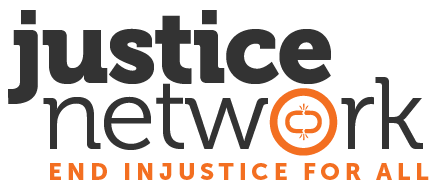In reviewing the latest report, some things that are key changes or notes are the following:
- There has been an increase in the trafficking of men and boys.
- “Traffickers rarely travel abroad in order to recruit victims, but they do travel to destination countries to exploit them. As general pattern, traffickers in origin countries are usually citizens of these countries. Traffickers in destination countries are either citizens of these countries or have the same citizenship as the victim(s) they trafficked”
-
“Most of the detected victims of trafficking in persons are females; either women or underage girls.”

- 55% of North America’s human trafficking involves sex trafficking, 29% involves forced labor, 6% involve other practices unspecified
- “Conflicts create favorable conditions for trafficking in persons, but not only by generating a mass of vulnerable people escaping violence. Armed groups engage in trafficking in the territories in which they operate, and they have recruited thousands of children for the purpose of using them as combatants in various past and current conflicts. While women and girls tend to be trafficked for marriages and sexual slavery, men and boys are typically exploited in forced labor in the mining sector, as porters, soldiers and slaves.”
- In North America, 81% of trafficking victims are adults, 19% are children.
- “The number of countries with a statute that criminalizes most forms of trafficking in persons in line with the definition used by the UN Trafficking in Persons Protocol increased from 33 in 2003 (18%) to 158 in 2016 (88%).”
- Argentina has the highest rise in the trafficking of men.
- In 71 countries, men are usually forced into labor trafficking (85.7%).
- “A large number of female victims of trafficking for domestic servitude were also reported in Africa and the Middle East. In that region and in North America, females and males were equally trafficked for forced labor.”
- 72% of females are forced into sexual exploitation trafficking, 20% are put through forced labor, 8% are put into unspecified trafficking, and .1% are trafficked for organ removal.
-
“Begging is the most commonly reported ‘other purpose’ of exploitation. Nearly 1,000 victims of trafficking in persons for begging were detected in about 20 countries in different regions between 2012 and 2014, accounting for more than 2 per cent of the total number of detected victims.”
- “Trafficking for forced or sham marriages accounts for about 1.4% of the total number of detected victims. This form of trafficking targets only female victims..”
- Men are usually the ones who put people through human trafficking, but women lead in some areas.

- In 66 countries, 63% of convicted traffickers are male, while 37% are female.
- In North America, 61% of convicted traffickers are male, while 39% are female.
- In most countries, females are the most investigated for trafficking people.
- 75% of people convicted for human trafficking crimes in 69 countries are citizens of the countries they committed the crime in.
- In North America, 64% of human traffickers travel a short distance, 12% go a medium distance, and 24% travel far distances to maintain and sell people.
- 77% of rescued victims were sold within their own country, while 23% were sent outside of their country (In a study of 47 countries).
- In 136 countries, 27% have 11-50 prosecutions per year, 14% have over 100 prosecutions,11% have between 51-100 prosecutions per year, 13% have less than 10 prosecutions per year, 11% have no prosecutions, and 24% share no information.
- Only 15% or 136 countries have more than 50 convictions of traffickers per year, 30% convict 11-50 people per year, while the rest either have less than ten, no convictions, or littler information to find out.
